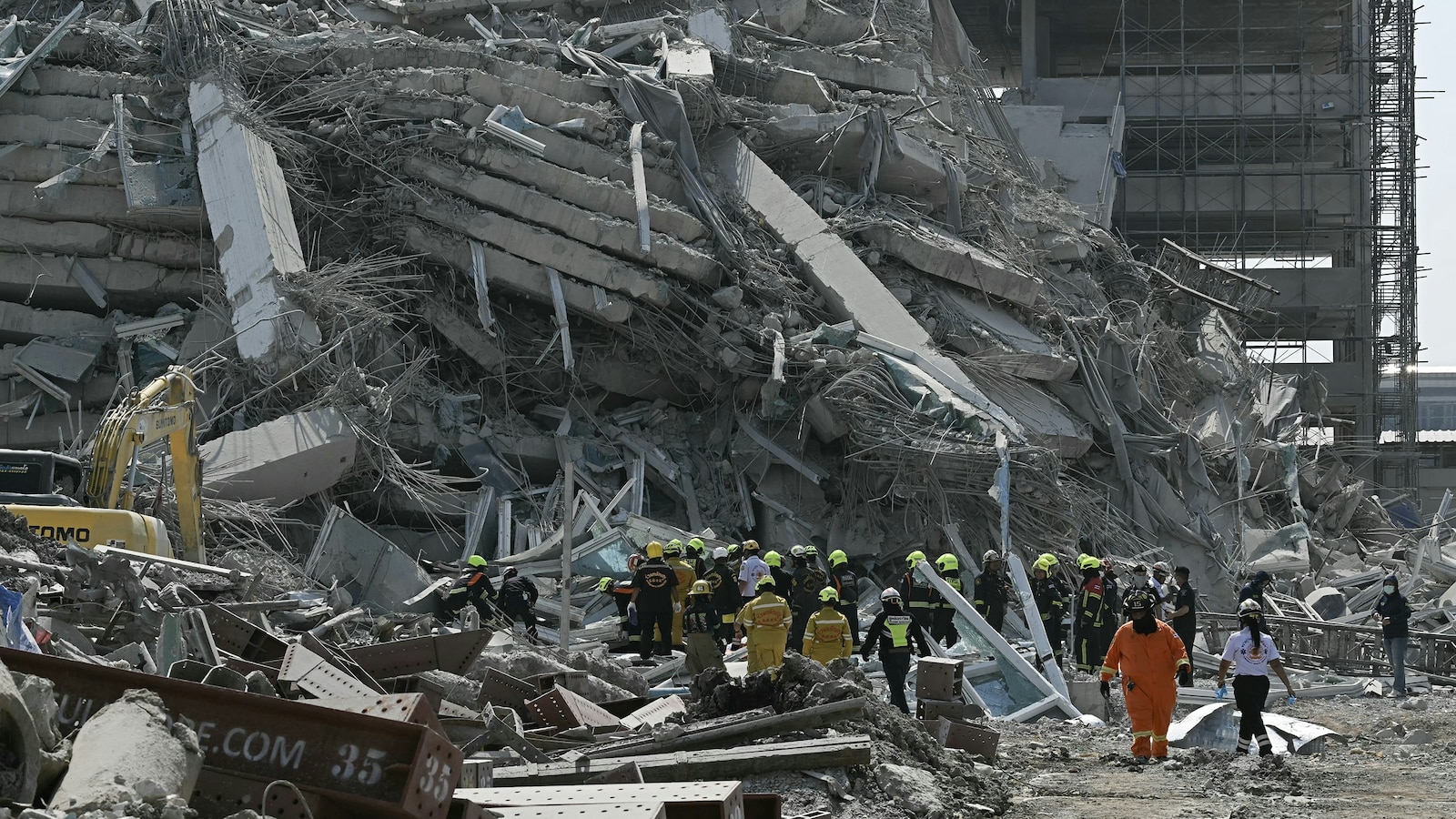Devastating 7.7 Magnitude Earthquake Shakes Southeast Asia: Understanding the Impact
A powerful 7.7 magnitude earthquake has struck Southeast Asia, sending shockwaves through communities and raising alarms about potential aftershocks. This seismic event has left many residents in fear and uncertainty, as the region grapples with the immediate aftermath and the longer-term implications of such a disaster. As we delve into the details of this event, it’s essential to understand both the geological factors at play and the human responses that are crucial in times of crisis.
What Happened? A Timeline of Events
The earthquake struck on [insert date], at approximately [insert time], with its epicenter located near [insert specific location]. The tremors were felt across various countries in Southeast Asia, including [insert affected countries]. Residents reported intense shaking that lasted several minutes, leading to panic and a rush for safety.
Emergency services were quickly mobilized, and within hours, local authorities began assessing the damage. Reports surfaced of structural damage to buildings, landslides in rural areas, and disruption to essential services such as electricity and water supply.
Immediate Effects of the Earthquake
The immediate effects of the 7.7 magnitude earthquake were profound:
- Structural Damage: Buildings, especially older structures, suffered significant damage. In urban areas, collapsed buildings led to casualties and injuries.
- Casualties: As of the latest reports, the number of injured and fatalities continues to rise as rescue operations unfold.
- Displacement: Thousands have been displaced from their homes, seeking refuge in temporary shelters set up by local governments and NGOs.
- Infrastructure Disruption: Roads and bridges have been affected, complicating relief efforts and access to affected areas.
Understanding the Geological Context
The region of Southeast Asia is known for its seismic activity, primarily due to the complex tectonic plate interactions in the area known as the Pacific Ring of Fire. The 7.7 magnitude earthquake can be attributed to the movement of the [insert relevant tectonic plates], which often leads to significant seismic events.
Experts believe that the potential for aftershocks is high. Aftershocks can vary in magnitude and can occur days, weeks, or even months after the initial quake. Communities must remain vigilant, as these secondary quakes can cause additional damage to already weakened structures.
Preparedness: How Ready Are We?
The devastating earthquake raises critical questions about the preparedness of Southeast Asian nations for such natural disasters. While many countries have made strides in disaster preparedness, the scale of this earthquake highlights areas for improvement:
- Public Education: Many residents in earthquake-prone areas lack knowledge about emergency protocols. Enhancing public education on earthquake preparedness can save lives.
- Infrastructure Resilience: Building codes must be enforced to ensure structures can withstand seismic activity. Retrofitting older buildings is vital to minimize damage.
- Emergency Response Training: Regular drills and training for emergency responders can enhance the effectiveness of rescue operations during disasters.
The Role of Local and International Aid
In the aftermath of the earthquake, local and international aid plays a crucial role in recovery efforts. Humanitarian organizations, along with government agencies, are mobilizing resources to provide immediate assistance.
Key areas of focus for aid organizations include:
- Medical Assistance: Providing medical care to the injured and preventing disease outbreaks in temporary shelters.
- Food and Water Supply: Ensuring that displaced individuals have access to clean water and nutritious food.
- Psychological Support: Offering mental health support to those traumatized by the event.
Community Resilience and Recovery
While the devastation is significant, it’s essential to recognize the resilience of communities in Southeast Asia. Historically, these communities have shown remarkable strength in the face of adversity. The solidarity among residents often shines through, as neighbors come together to support one another during recovery.
Community-led initiatives, such as local fundraising for aid and volunteer efforts, can significantly enhance recovery efforts. Encouraging community engagement not only fosters resilience but also aids in rebuilding trust and hope.
Looking Ahead: Lessons Learned
In the wake of this disaster, there are valuable lessons to be learned. The importance of preparedness cannot be overstated. Governments, NGOs, and communities must work collaboratively to develop comprehensive disaster response plans that are regularly updated and practiced.
Investing in technology for early warning systems can also be a game-changer. Enhanced seismic monitoring and real-time alert systems can save lives by providing timely warnings to those in danger.
Conclusion: Standing Together in the Face of Adversity
The 7.7 magnitude earthquake that shook Southeast Asia is a stark reminder of nature’s power and unpredictability. As communities mourn their losses, they also come together to rebuild and recover. The road ahead may be long, but with concerted efforts, resilience, and a commitment to preparedness, the affected regions can emerge stronger than before.
In times like these, it is essential to extend our support and solidarity to those affected, ensuring that they are not alone in their journey towards recovery. The world watches as Southeast Asia rises to face this challenge, embodying the spirit of resilience that defines the region.
See more ABC News Feed



